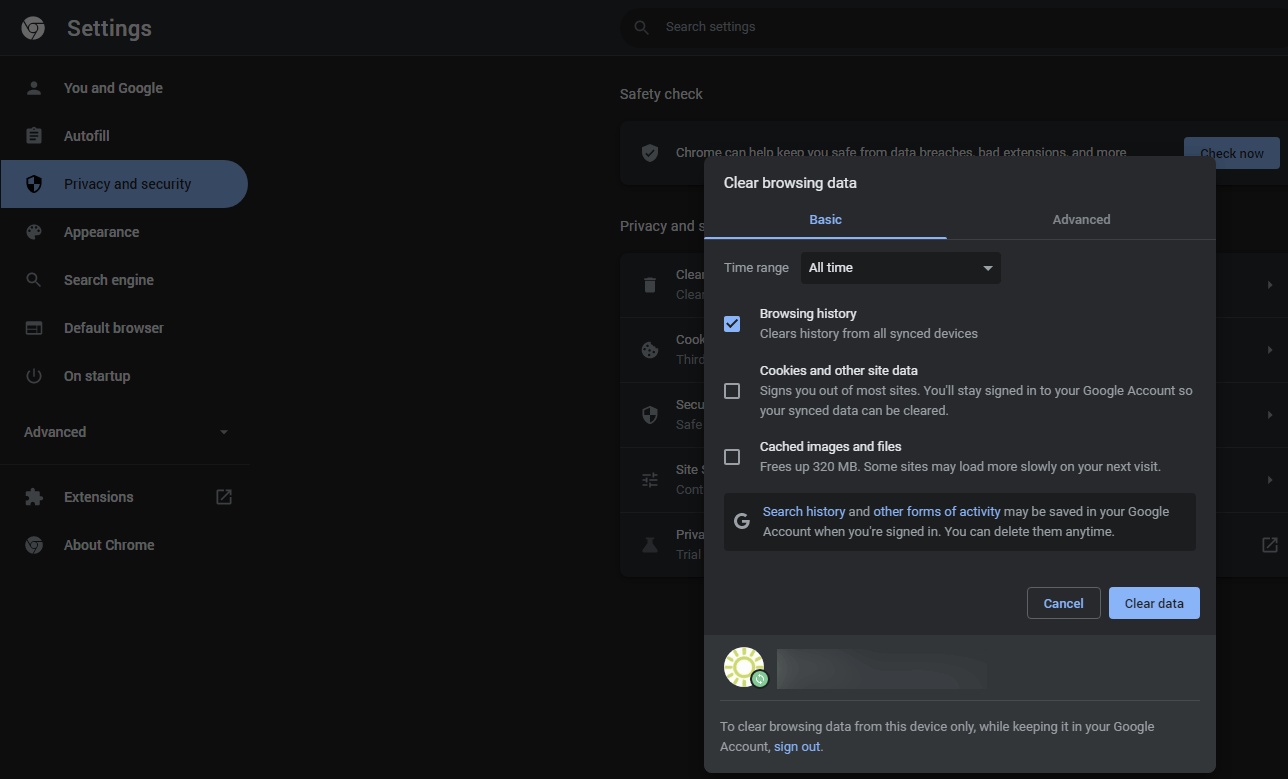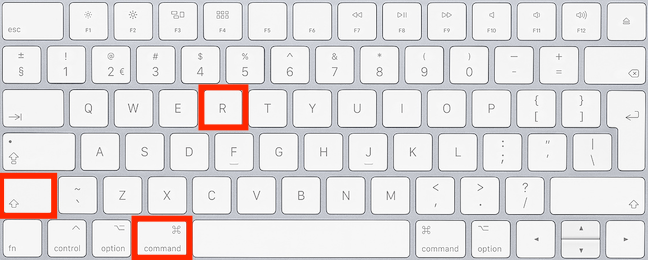
│Firefox 89 │M │- │CP│- │M │M │CP│M │CP│3 │M │M │3 │ refresh the page if it is │ │Firefox 3.x│MI│- │CP│- │- │MI│CP│MI│CP│1 │M │MI│N │ a new tab, but does not │


│Brave 1.24 │M │CP│CP│- │- │M │CP│M │CP│CP│M │CP│CP│ the page in a new tab, │ │ │ │ │ │ │ │ │I │ │ │ │ │ │I │ mouse click on the browsers │ │ │ │ │ │ │ │ │H │ │ │ │ │ │H │ With 'CLICK' I refer to a │ │ │ │F │L │ │G │L │L │ │F │L │ │G │L │ P = Pragma: No-cache │ │ │ │I │R │T │T │R │R │ │I │R │T │T │R │ N = Not tested │

│ │ │H │T │L │L │T │T │ │H │T │L │L │T │ M = Cache-Control: max-age=0 │ │ │ │S │C │A │A │C │C │ │S │C │A │A │C │ I = If-Modified-Since │ If I remember correctly, it was Netscape that was the first browser to add support for cache-control by adding Pragma: No-cache when you pressed CTRL- F5. Modern browsers send Cache-Control: no-cache and Pragma: No-cache Modern browsers send Cache-Control: max-age=0 to tell any cache the maximum amount of time a resource is considered fresh, relative to the time of the request.ĬTRL- F5 is used to force an update, disregarding any cache. It is up to the browser, but they behave in similar ways.į5 usually updates the page only if it is modified.


 0 kommentar(er)
0 kommentar(er)
